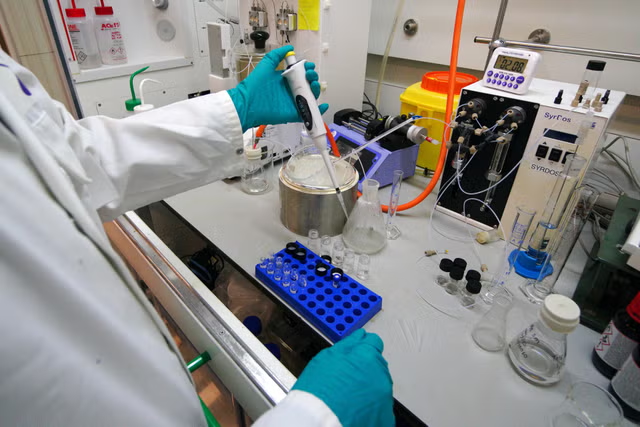It's been more than 47 years since NASA sent two historic space probes—Voyager 1 and 2—out into the universe, and, against all odds, they're still going.
Their journeys have been nothing short of remarkable. Voyager 2 was the first spacecraft to fly past all four planets in the outer solar system, while both have discovered multiple moons around them. The list of achievements of these plucky probes goes on and on and on.
Now, they're heading to the outer reaches of the solar system, into the darkness of interstellar space. Just how far they'll go no one really knows.
Where Is Voyager 1 Now?
Voyager 1 is a little under 15.4 billion miles from Earth, according to NASA. This makes it the most distant human-made object ever.
For context, Voyager 1 is about 165 times farther away from us than we are from the sun. This puts the spacecraft in the region known as "interstellar space," well beyond the farthest planets in our solar system.
Its target? To go as far as any man-made object has ever gone. The universe is a big place, though. It will take Voyager 1 more than 38,000 years to come within 1.7 light-years of an obscure star called AC+79 3888. One light-year is the distance light can travel in one year—5.88 trillion miles.
Although Voyager 1 is in interstellar space, it hasn't technically left the solar system. To do so, NASA says, it will need to pass beyond the Oort Cloud—a distant, spherical shell of icy objects surrounding the solar system. Voyager 1 will reach the inner edge of the Oort Cloud in about 300 years and could take 30,000 years to fly beyond it.
Where Is Voyager 2 Now?
Voyager 2 is around 12.8 billion miles from Earth. That puts it about 138 times farther away from us than we are from the sun. Like Voyager 1, it is in interstellar space, but it's heading in a different direction.
Voyager 2's trajectory will take it within 1.7 light-years of a star called Ross 248 in roughly 40,000 years. Ross 248 is a small star in the constellation of Andromeda.
How Fast Are Voyager 1 and 2 Traveling?
Relative to the sun, Voyager 1 is traveling at just over 38,000 miles per hour, or about 10.6 miles per second. Voyager 2 is moving at 34,400 miles per hour—9.6 miles per second.
Voyager 1 is heading out above the plane of the solar system into space, while Voyager 2 is heading out below the plane.
What Happens Next to Voyager 1 and 2?
Voyager 1 and 2 both have a radioisotope thermoelectric generator on board, which puts out 4 watts less of power each year as their plutonium supply decays. Engineers are expecting both spacecraft to continue operating at least one science instrument until 2025, after which only engineering data will likely be sent back to Earth.
NASA estimates that the Voyager space probes will stay in contact with its Deep Space Network until around 2036. After that, Voyagers 1 and 2 will continue on their journeys completely alone.
To save power, NASA has had to prioritize certain instruments and turn off heating systems. Both Voyagers have four instruments switched on, though, sadly, their cameras—which captured iconic images like "the Pale Blue Dot"—are off.
This past April, Voyager 1 made contact with Earth after five months of sending nothing but digital gibberish back to us.
Do you have a tip on a science story that Newsweek should be covering? Do you have a question about the Voyager missions? Let us know via science@newsweek.com.
Disclaimer: The copyright of this article belongs to the original author. Reposting this article is solely for the purpose of information dissemination and does not constitute any investment advice. If there is any infringement, please contact us immediately. We will make corrections or deletions as necessary. Thank you.



